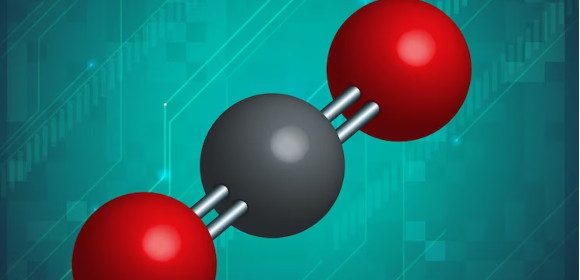What is a covalent bond?
A bond formed by the transfer of electrons
A bond formed by the sharing of electrons
A bond formed by the attraction between ions
A bond formed by metallic bonding


Chemical bonds bind various atoms together to create new compounds and mixtures. One of these chemical bonds comes in the form of a covalent bond, which is identified by its shared electron configuration and bond.
A covalent bond is a type of chemical bond a person can observe in various mixtures and compounds. Many factors determine and dictate the bond, like the shape of the molecules. If you want to understand more about the concept of a covalent bond, you may also check the links above named Covalent Bonding Tiles Teacher Notes, Inorganic Chemistry Covalent Bond, and Covalent Bonds Vocabulary.
A covalent bond is very distinct when a person will compare it to an ionic bond. Both mixtures and compounds are products of specific types of bonds. This concept of covalent and ionic bonds dictates various characteristics the compound or mixture will have.
Begin by checking the Lewis Dot structure of the two atoms shared. This will help show whether or not both atoms are equally sharing their electrons to form a covalent bond or a non-polar covalent bond. If the electron bond is balanced in the Lewis dot model structure then the electron or chemical bond between the two atoms is covalent.
If the electrons are shared in the bond, then the said bond will be considered a covalent bond. You will need to check if the electrons are shared or paired due to two opposing charges.
Polarity is a characteristic that is present in all atoms as a positive and/or negative charge. Bonds that reach 1 polarity are ionic bonds, whilst bonds that have a polarity of less than 0.8 is considered covalent bond.
Metallic atoms will bond covalently due to metallic bonding, which shares electrons. If one or more of the atoms are metals, it is more likely that the bond structure is a covalent bond. If both atoms are non-metal it is more likely the atomic bond structure is ionic.
Covalent and ionic bonds are the two basic types of bonds that an atom may form with other atoms. A covalent bond is created when two or more atoms share electrons. When two or more ions join contact, they can create ionic bonds that are kept together by charge differences. The presence or absence of a charge that will either be shared or serve as a bond is the primary distinction between the two types of atomic bonding.
When two atoms distribute their electrons evenly, a covalent connection is formed. The electron pair in this form of contact is known as the sharing pair or bonding pair. A solitary bond is produced when the two involved atoms share just one pair of electrons. It is represented by a single dash and is the most stable type of connection. A double bond is produced when two pairs of electrons are shared by the two involved atoms. This form of relationship is stronger than a single link even if it is less solid. The final sort of bond, a triple bond, is created when the third pair of electrons combine.
Covalent bonds are the strongest type of bonds scholars have observed in nature. This is because of the even sharing of electrons between two ions. These bonds require specific types of enzymes to break apart the covalent bonds. This is juxtaposed with the ionic bonds, which are less stable and strong.
A covalent bond is a type of chemical bond that two or more atoms can share in nature. Future scholars need to know how to identify covalent bonds from ionic bonds as each will have specific characteristics in both the chemical and physical properties of a thing.
Text prompt
Add Tone
10 Examples of Public speaking
20 Examples of Gas lighting
What is a covalent bond?
A bond formed by the transfer of electrons
A bond formed by the sharing of electrons
A bond formed by the attraction between ions
A bond formed by metallic bonding
In a single covalent bond, how many electrons are shared?
One electron
Two electrons
Three electrons
Four electrons
Which of the following compounds is formed by covalent bonding?
NaCl
CaCl2
CO₂
FeO
How many covalent bonds can a carbon atom typically form?
One
Two
Three
Four
Which of the following elements commonly forms covalent bonds?
Sodium
Chlorine
Calcium
Magnesium
What is a polar covalent bond?
A bond where electrons are equally shared
A bond where electrons are transferred
A bond where electrons are unequally shared
A bond between metals
What is the bond angle in a water (H₂O) molecule?
90°
104.5°
120°
180°
What is the main factor that determines the polarity of a covalent bond?
Atomic size
Ionization energy
Electronegativity difference
Number of protons
Which type of covalent bond is the strongest?
Single bond
Double bond
Triple bond
Hydrogen bond
Which of the following statements is true about covalent bonds?
They form between metals
They involve the transfer of electrons
They are weaker than ionic bonds
They form between nonmetals
Before you leave, take our quick quiz to enhance your learning!

